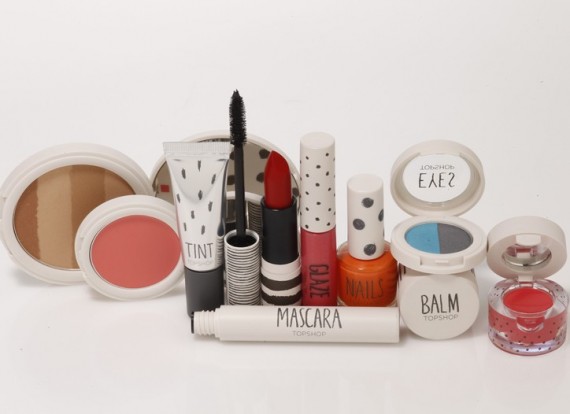The manufacture of cosmetics is currently dominated by a small number of multinational corporations that originated in the early 20th century, but the distribution and sale of cosmetics is spread among a wide range of different businesses. The U.S. Food and Drug Administration (FDA) which regulates cosmetics in the United States defines cosmetics as: "intended to be applied to the human body for cleansing, beautifying, promoting attractiveness, or altering the appearance without affecting the body's structure or functions." This broad definition includes, as well, any material intended for use as a component of a cosmetic product. The FDA specifically excludes soap from this category.
Contents
* 1 History
* 2 Criticism and controversy
* 3 Makeup types
* 4 Skin care products
* 5 Ingredients
o 5.1 Organic and natural ingredients
+ 5.1.1 Mineral makeup
# 5.1.1.1 Benefits of mineral makeup
* 6 Cosmetic industry
* 7 Cosmetic careers
* 8 See also
* 9 References
* 10 Further reading
History
Nefertiti bust with eye liner applied
An 1889 Henri de Toulouse-Lautrec painting of a woman applying cosmetics to her face
Main article: History of cosmetics
The first archaeological evidence of cosmetics usage was found in Egypt around 3500 BC during the Ancient Egypt times with some of royalty owning make-up, such as Nefertiti, Nefertari, mask of Tutankhamun, etc. The Ancient Greeks and Romans also used cosmetics. The ancient kingdom of Israel was influenced by cosmetics as recorded in the Old Testament—2 Kings 9:30 where Jezebel painted her eyelids—approximately 840 BC. The Biblical book of Esther describes various beauty treatments as well.
In the Middle Ages, although its use was frowned upon by Church leaders, many women still wore cosmetics. A popular fad for women during the Middle Ages was to have a pale-skinned complexion, which was achieved through either applying pastes of lead, chalk, or flour, or by bloodletting. Women would also put white lead pigment that was known as "ceruse" on their faces to appear to have pale skin.
Cosmetic use was frowned upon at many points in Western history. For example, in the 19th century, make-up was used primarily by prostitutes, and Queen Victoria publicly declared makeup improper, vulgar, and acceptable only for use by actors.Adolf Hitler told women that face painting was for clowns and not for the women of the master race.[citation needed]
Women in the 19th century liked to be thought of as fragile ladies. They compared themselves to delicate flowers and emphasized their delicacy and femininity. They aimed always to look pale and interesting. Sometimes ladies discreetly used a little rouge on the cheeks, and used "belladonna" to dilate their eyes to make their eyes stand out more. Make-up was frowned upon in general especially during the 1870s when social etiquette became more rigid.
Actresses however were allowed to use make up and famous beauties such as Sarah Bernhardt and Lillie Langtry could be powdered. Most cosmetic products available were still either chemically dubious, or found in the kitchen amid food colorings, berries and beetroot.
By the middle of the 20th century, cosmetics were in widespread use by women in nearly all industrial societies around the world.
 cosmetics
cosmetics cosmetics
cosmetics cosmetics
cosmetics cosmetics
cosmetics cosmetics
cosmetics cosmetics
cosmetics cosmetics
cosmetics cosmetics
cosmetics cosmetics
cosmetics cosmetics
cosmetics
cosmetics
No comments:
Post a Comment